Punks in the former East Germany were seen by the secret police, the Stasi, as a subversive anti-government force that needed to be destroyed.
To think differently, to speak out, or to stand out was seen as taking a stand against the government in the former German Democratic Republic (GDR) And to stand out in the way punks did you were regarded to be an extremist. So even just wearing ripped clothes and spiking your hair could see you being being beaten, tortured and spending time in jail!
East Germany’s secret police regarded punks as the most dangerous youth element in the country and ‘the leading force’ behind anti-government activities.
This crude Stasi document gave officers an overview of “negatively decadent young people in the GDR”. The subversive groups were listed as: “hitchhikers, bums, bluesers, teds, skins, punks, heavies and new romantics.’
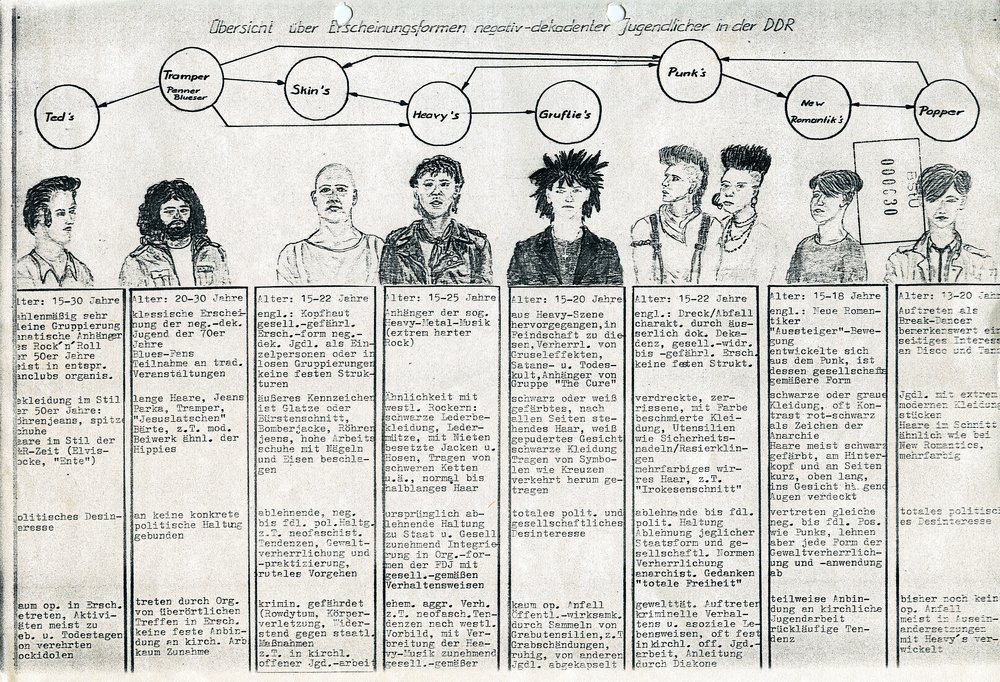
The following unnamed Stasi mugshots from the now declassified files of The Federal Commissioner for Documents from the State Security Service of the former German Democratic Republic (BStU) shows the lengths to which the security services would surveil, harass and detain punks in the years prior to the fall of the Berlin wall.
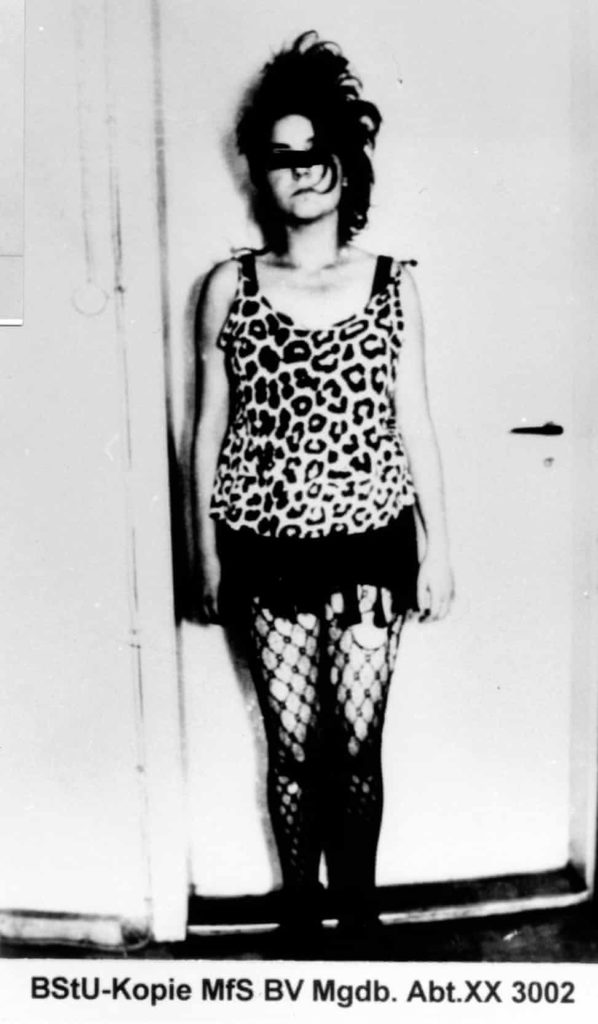
The Stasi wanted to eradicate the ‘punk problem’. They banned punks from bars, cafes, restaurants, and youth clubs. And they told the owners of these establishments that if they flouted the law they would be shut down permanently! Photograph: BStU
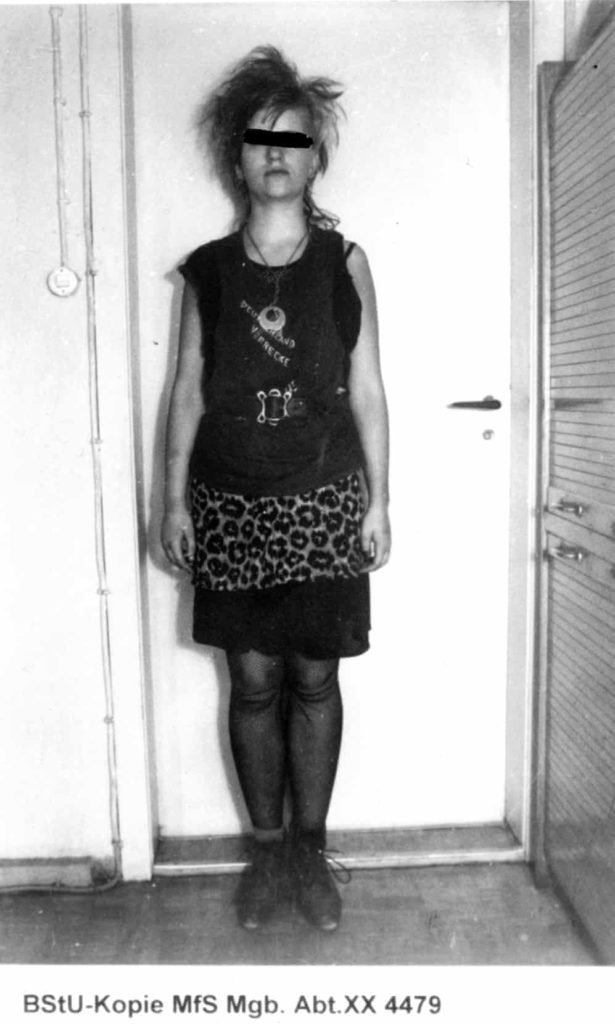
East German punks use to spray on walls the phrase ‘Stirb Nicht im warteraum der zukunft’ that translates as ‘Don’t die in the waiting room of the future.’ It was a punk battle cry against the dangers of complacency. Photograph: BStU
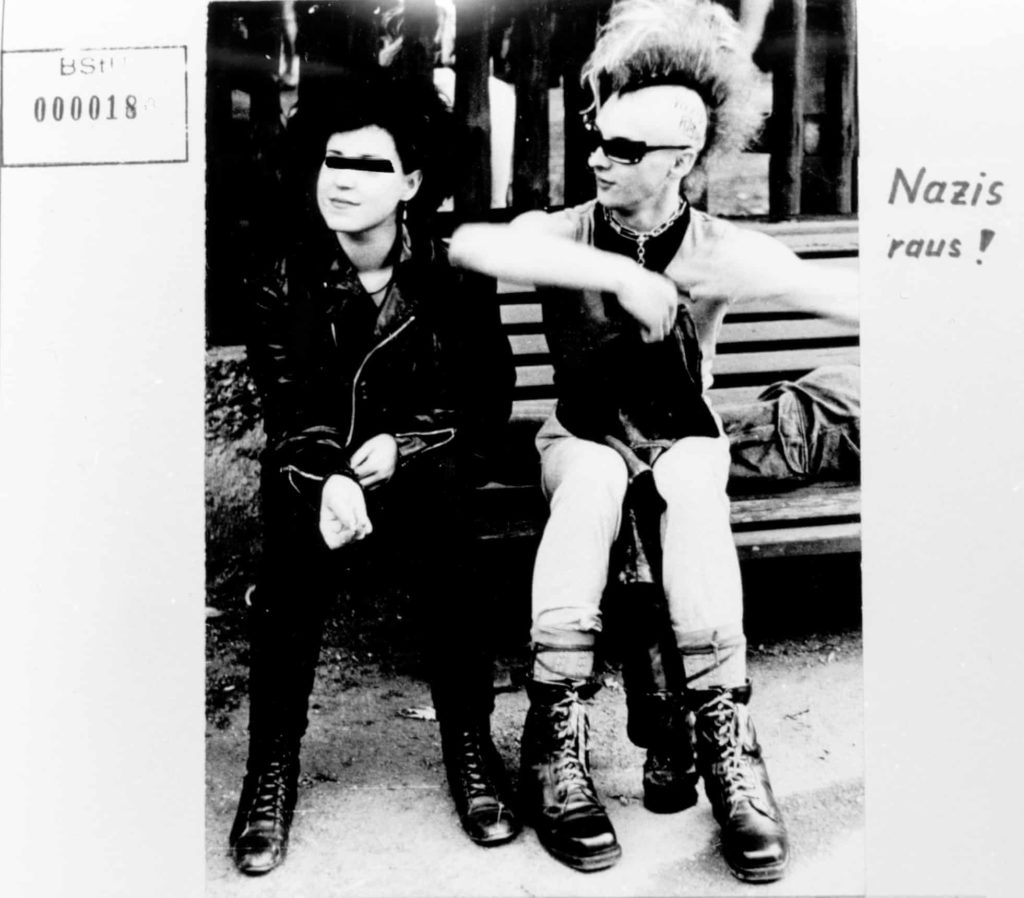
The summer of 1983 was named “The Summer of Punk” and it also became the summer of resistance and many punks were rounded up, beaten and jailed. This is a Stasi surveillance photo of a punk named Speiche. He was dragged from a tram by police who beat him and cut off his mohawk. Photograph: BStU

Members of punk bands would be interrogated for hours – having been picked up either because of their punk haircuts, their clothes or after security officers had learned of their subversive lyrics. Photograph: BStU
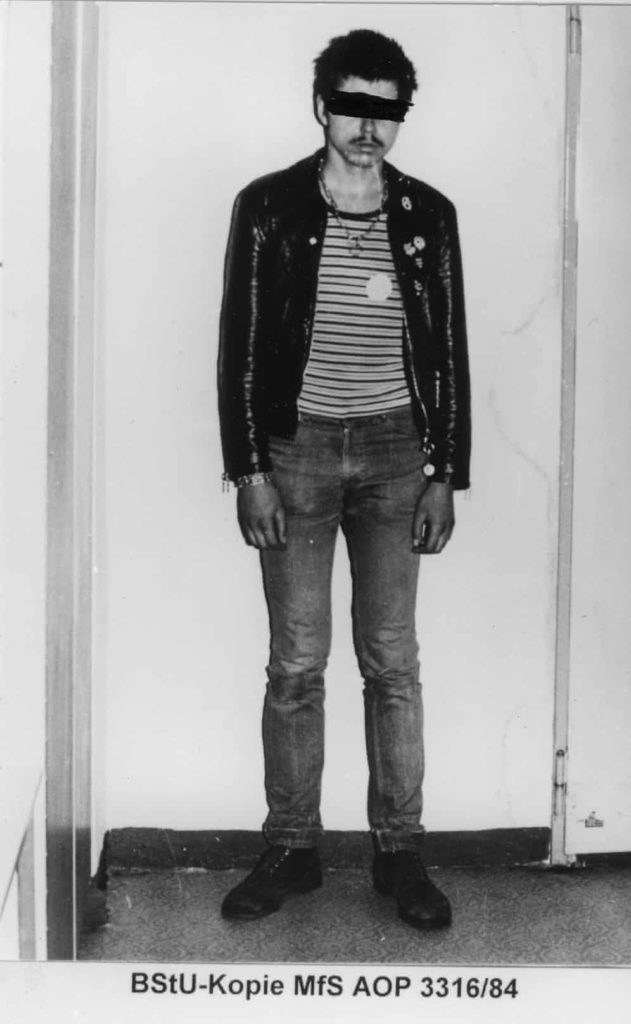
Punks gradually lost their fear of the Stasi and security apparatus and, accepting they would be punished in some way, continued to protest – sparking panic among Stasi ranks as they struggled to maintain control. Photograph: BStU
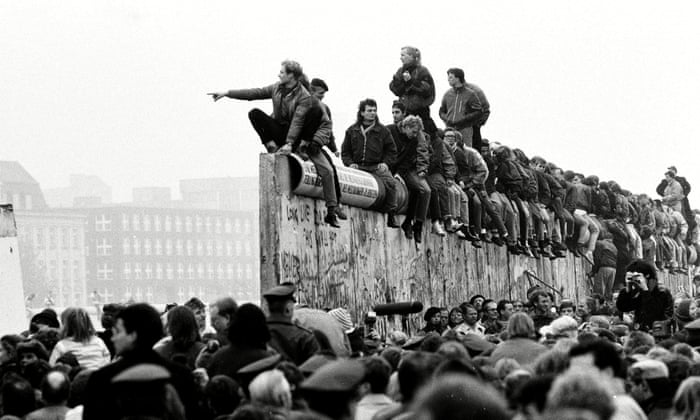
Ultimately, the East German punk movement is seen as being instrumental in the eventual fall of the Berlin wall on the evening of 9 November 1989 Photograph: BStU
Sky News reporting on the fall of the Berlin Wall
More information
Email: BStU Library
Burning Down The Haus By Tim Mohr
Punktuation Magazine For All Your Daily Punk News, Features, Interviews, Lifestyle and more!

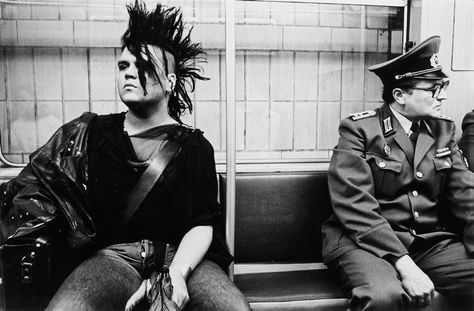


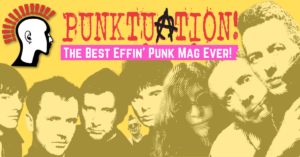 Did you know that we are 100% DIY? We run our own game. No one dictates to us, and no one drives what we can or cannot put on our pages – and this is how we plan to continue!
Did you know that we are 100% DIY? We run our own game. No one dictates to us, and no one drives what we can or cannot put on our pages – and this is how we plan to continue!
